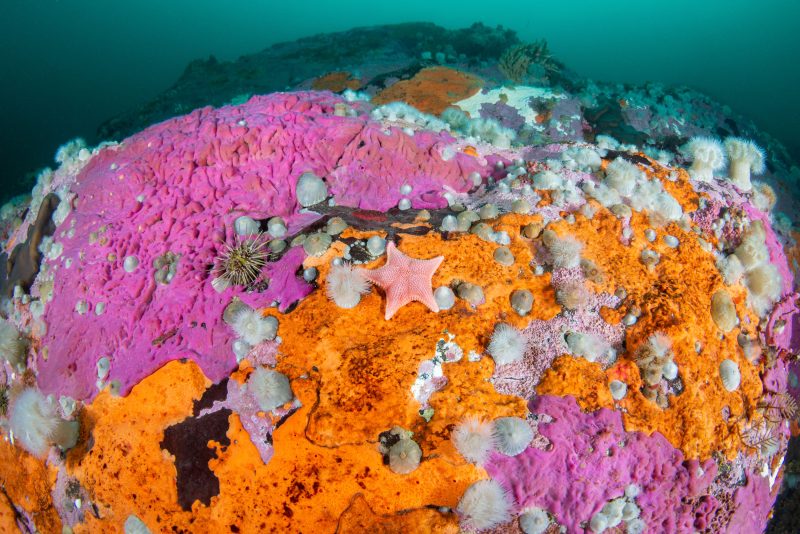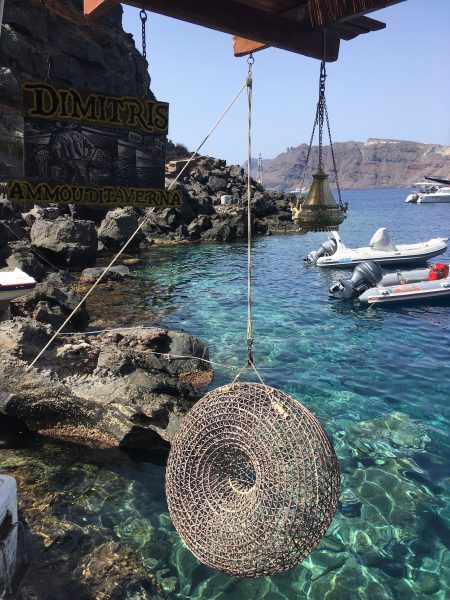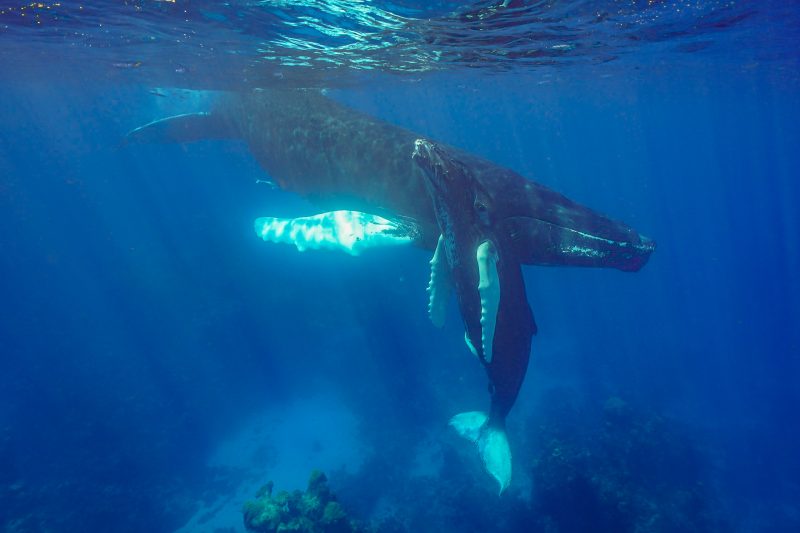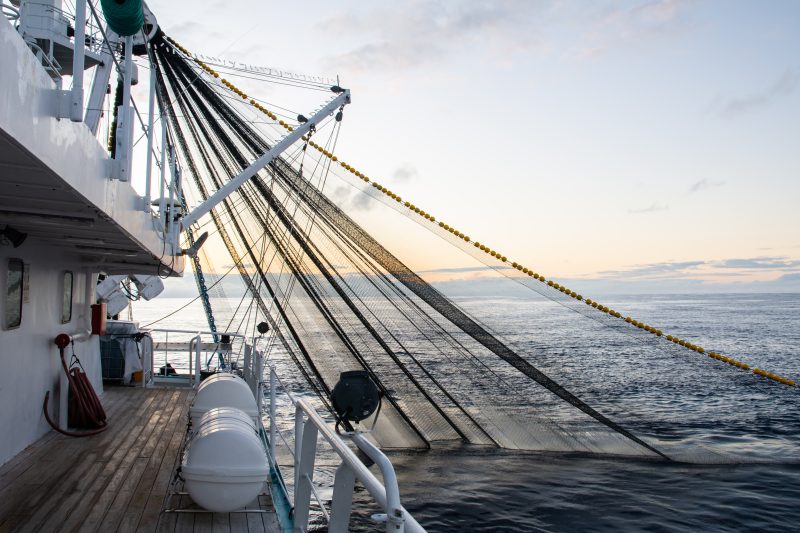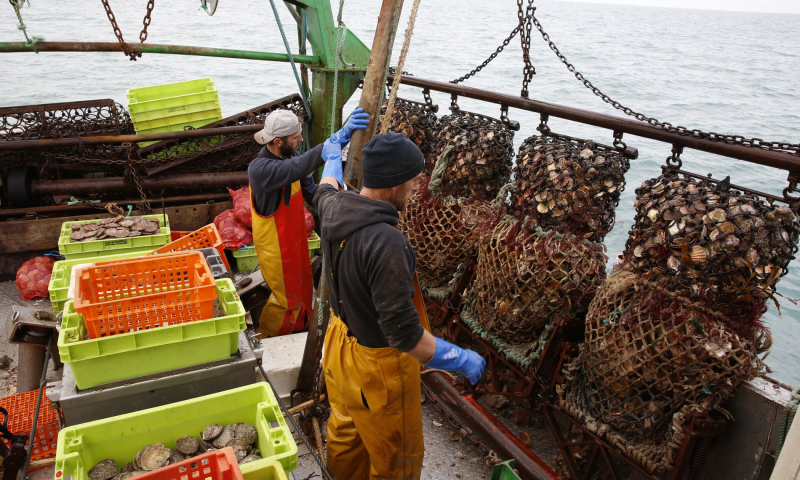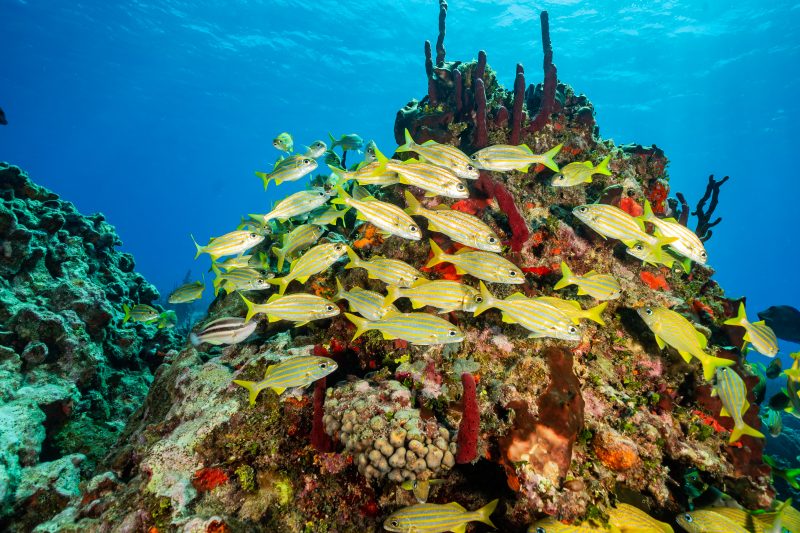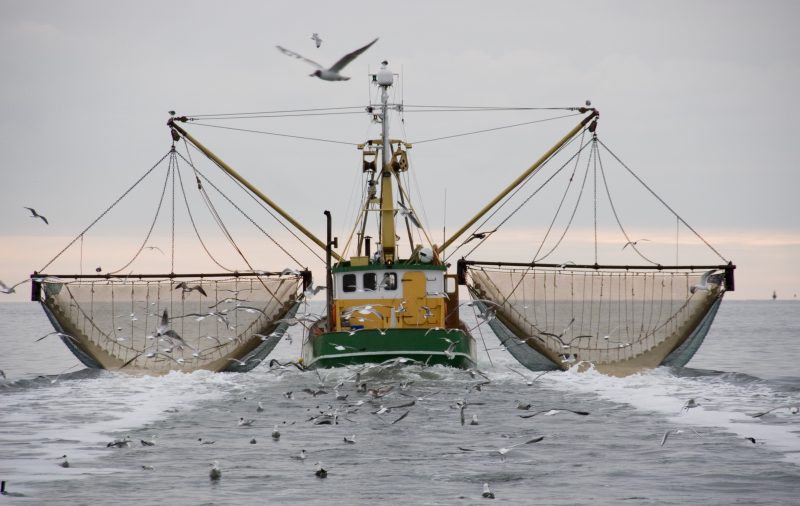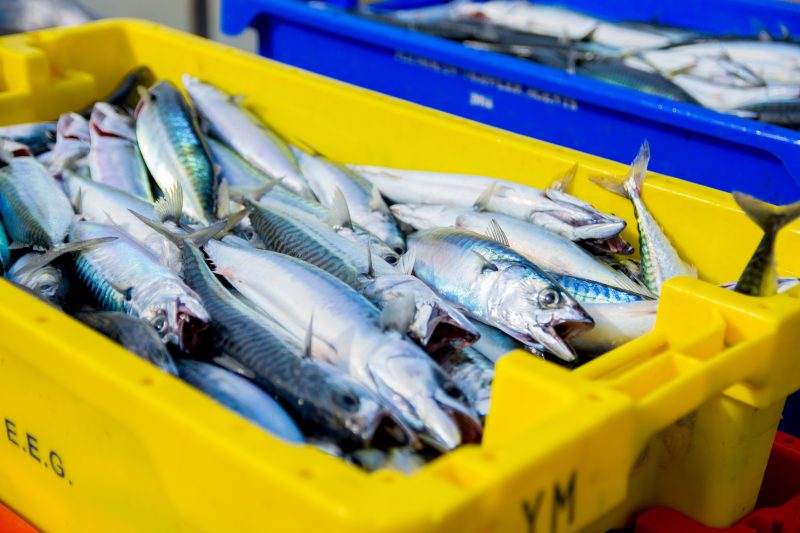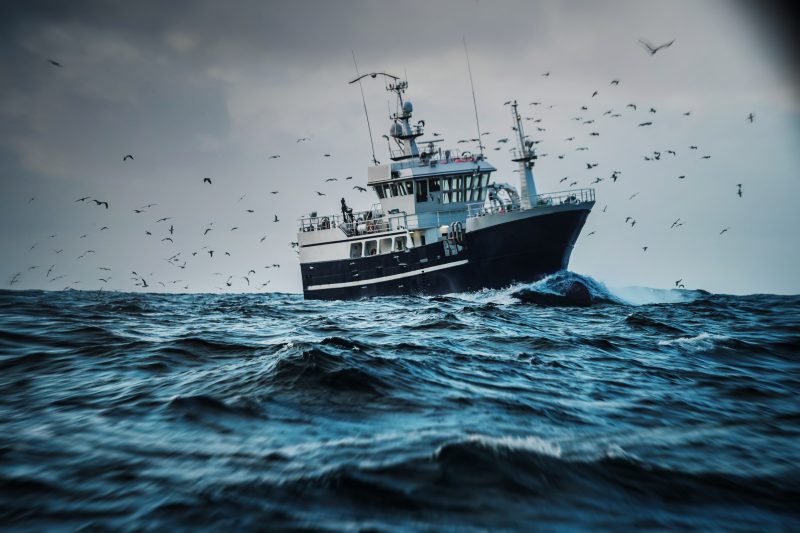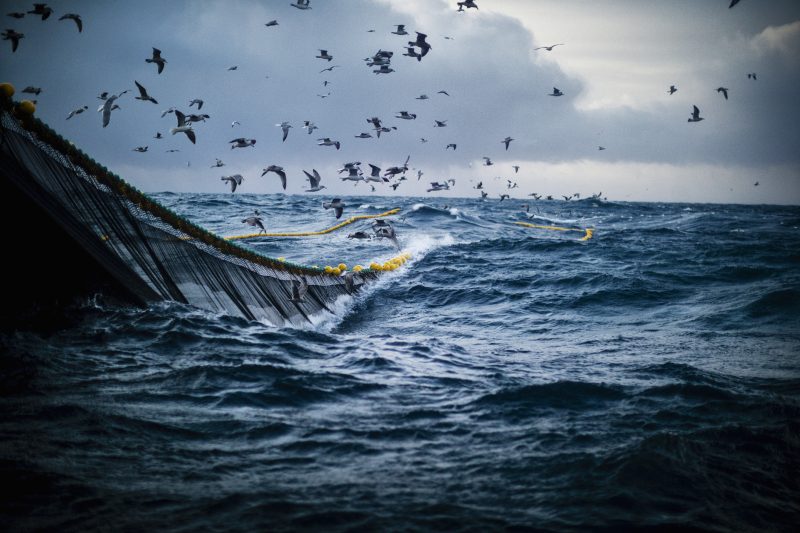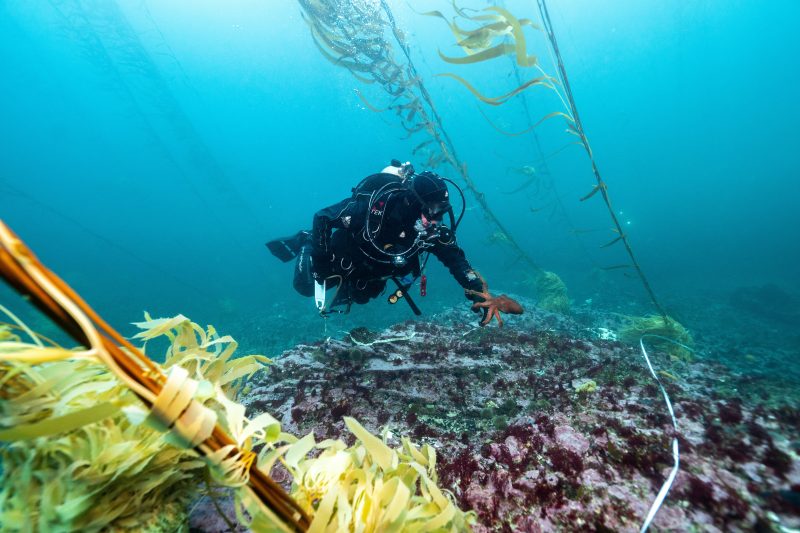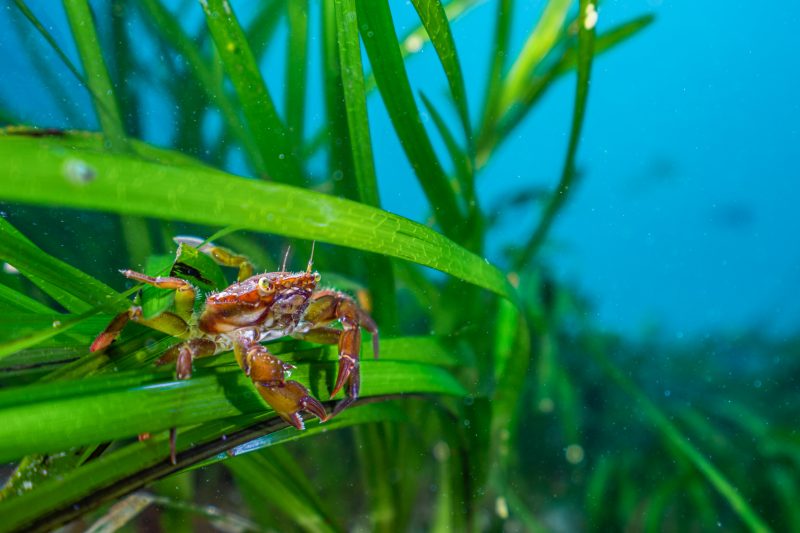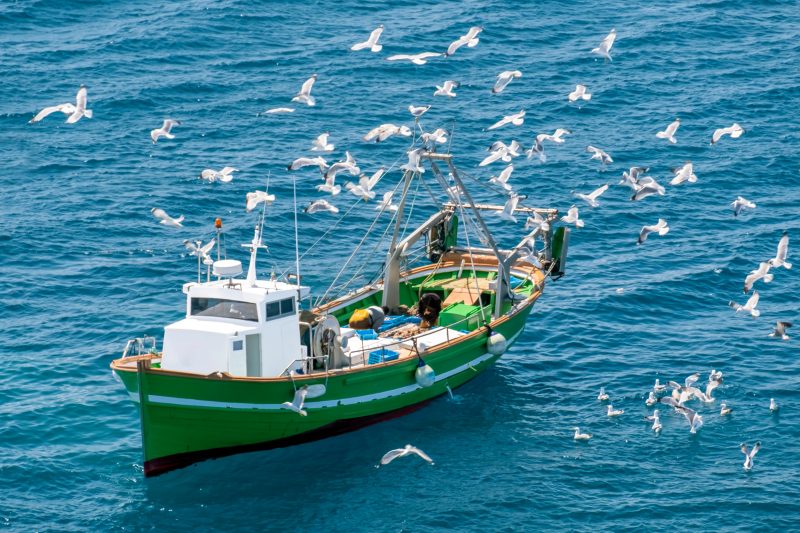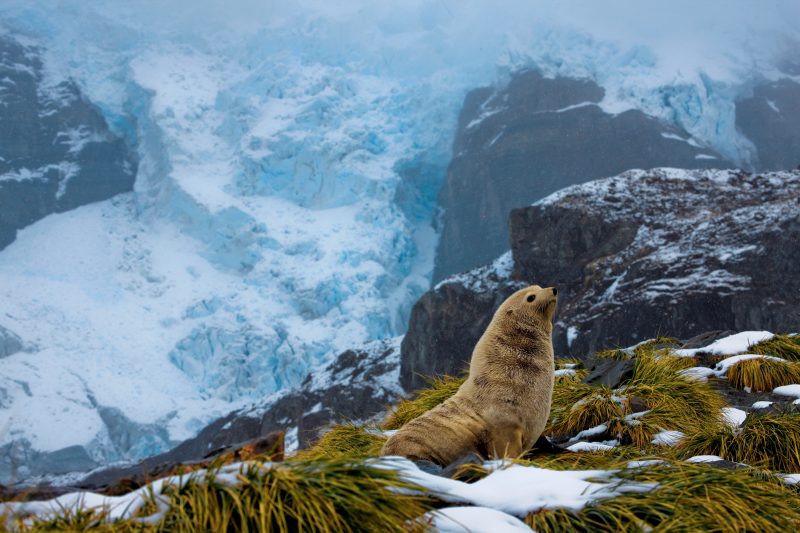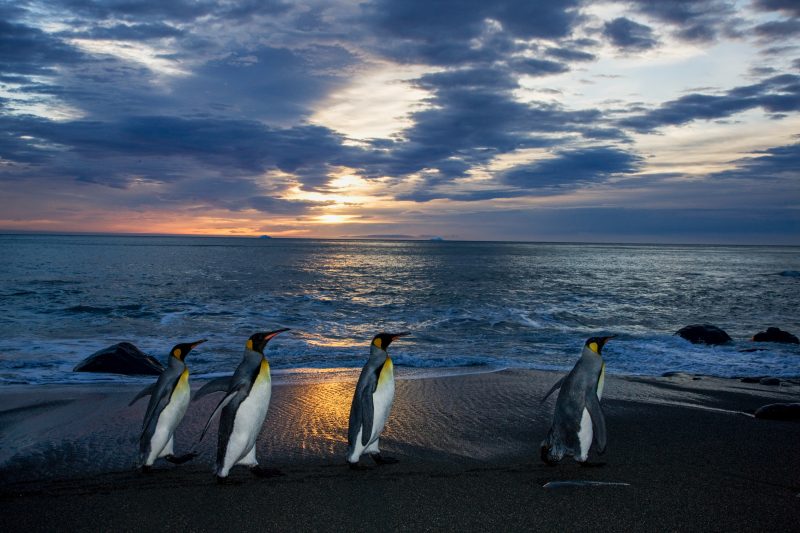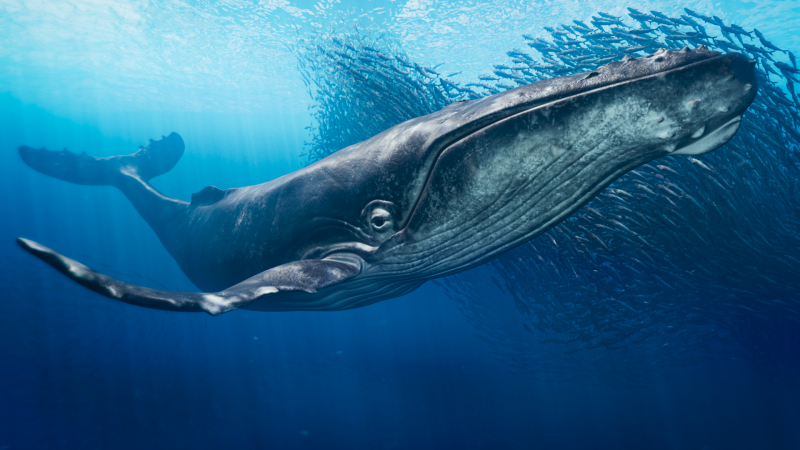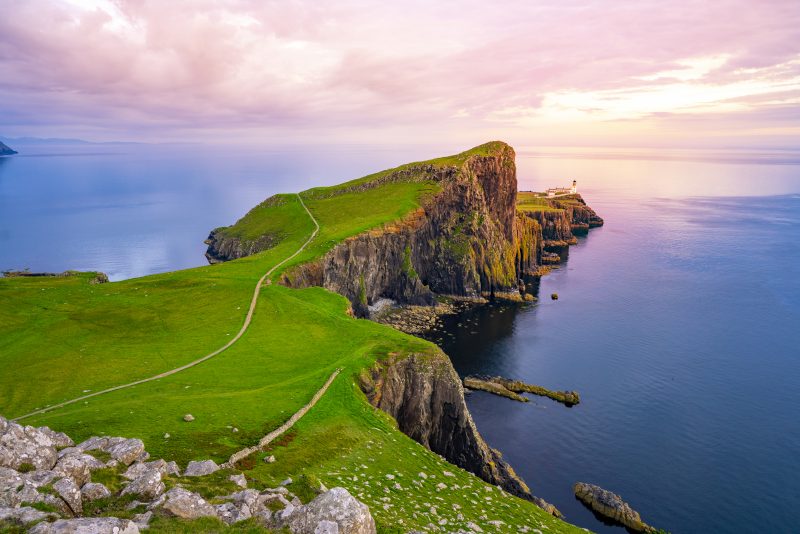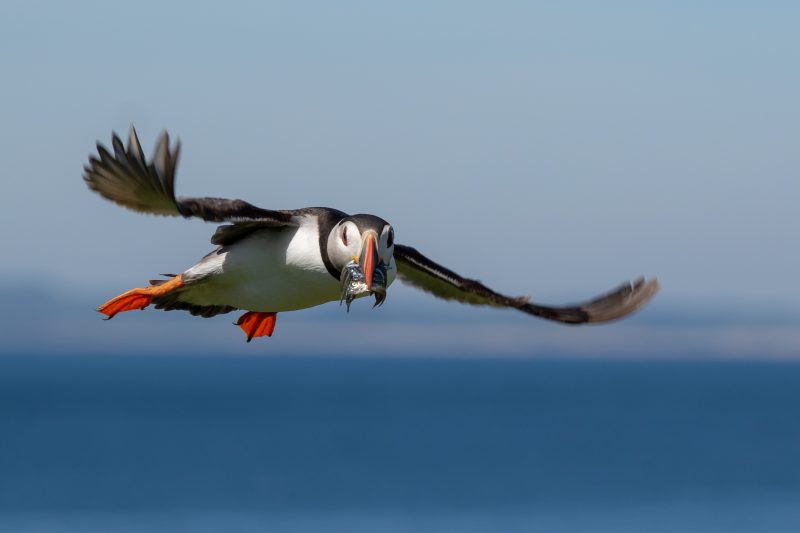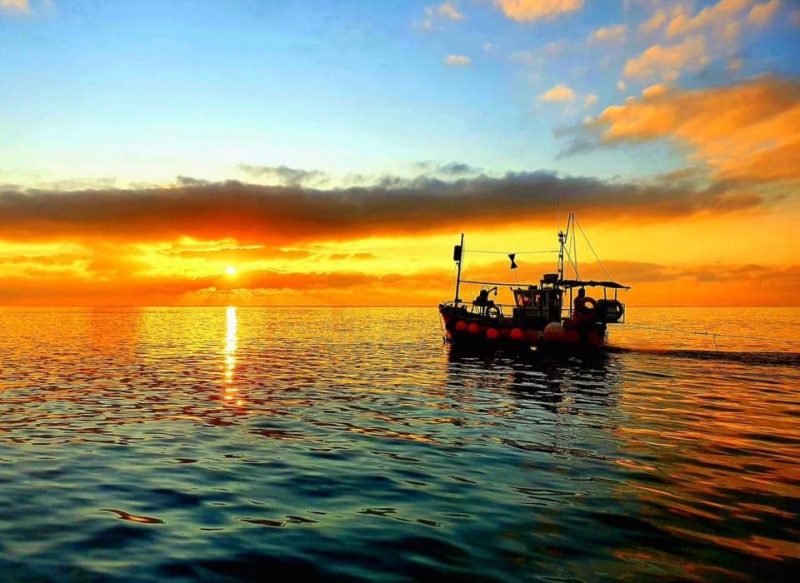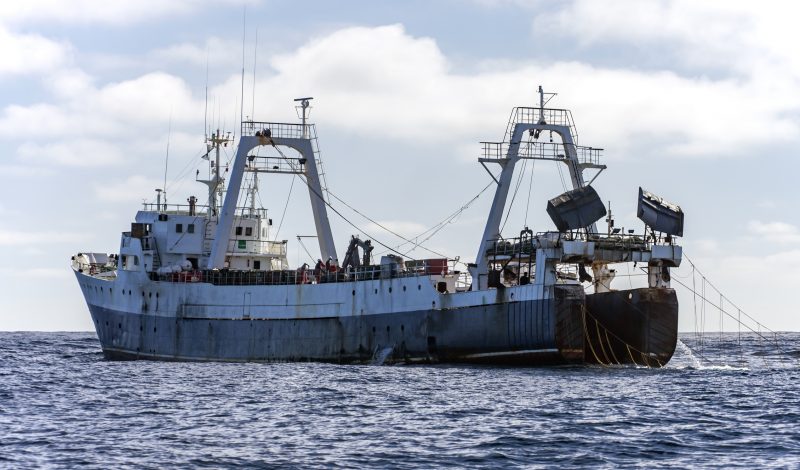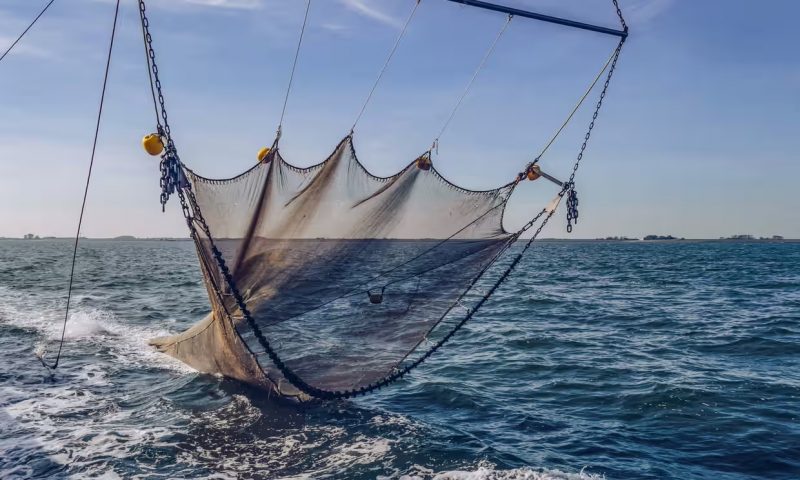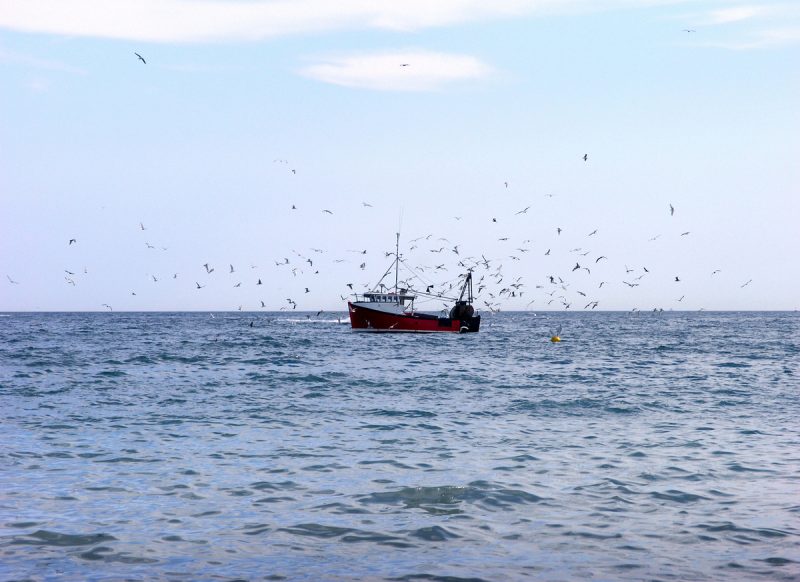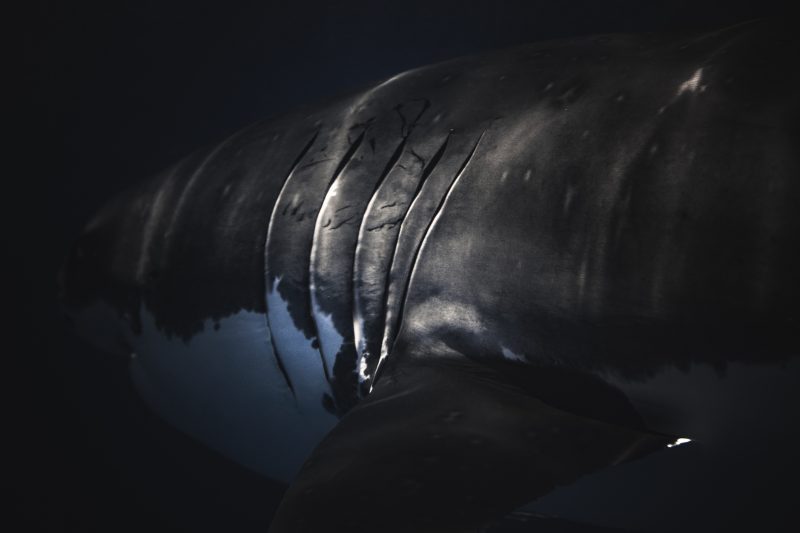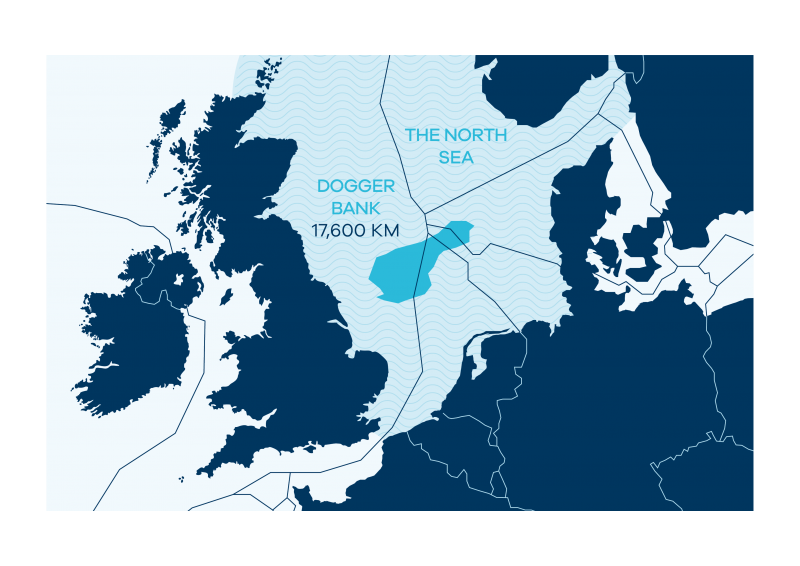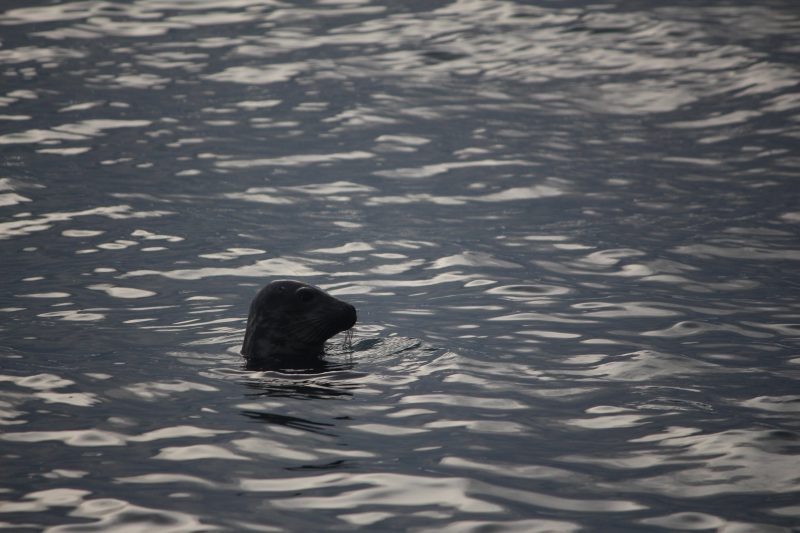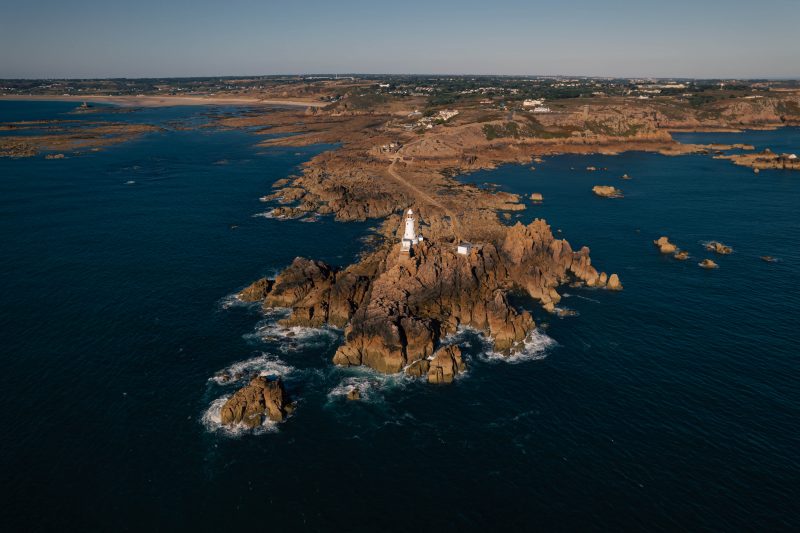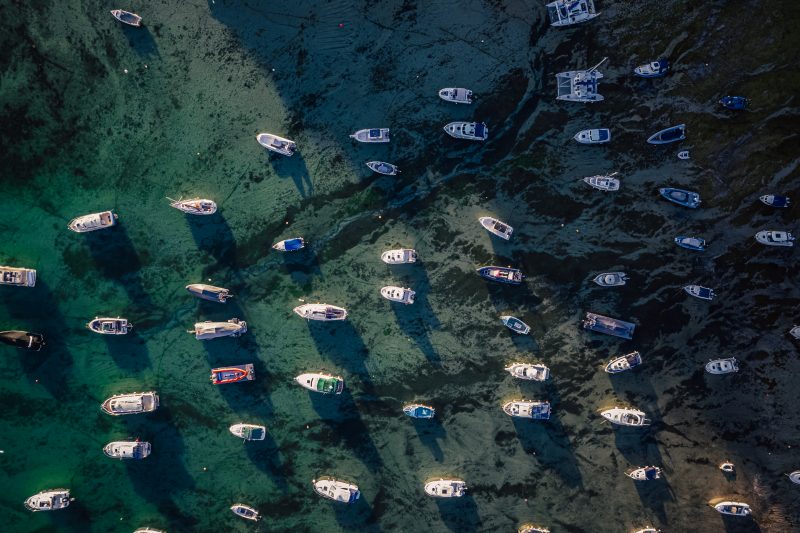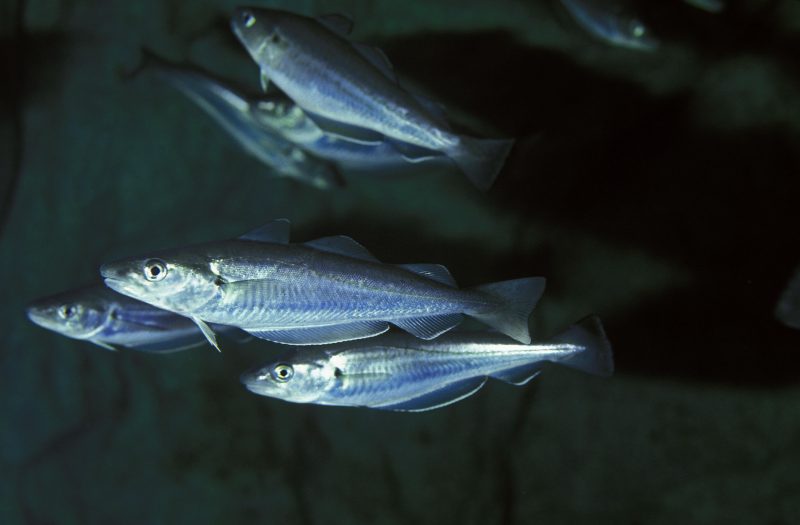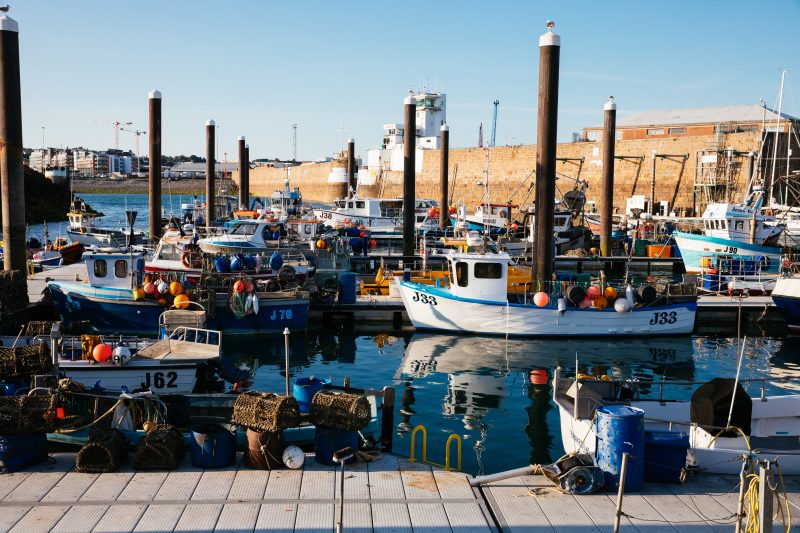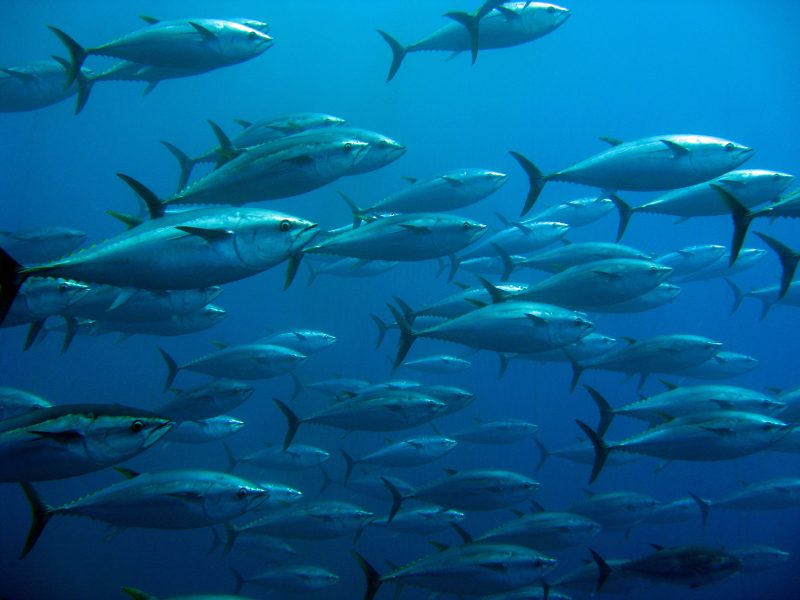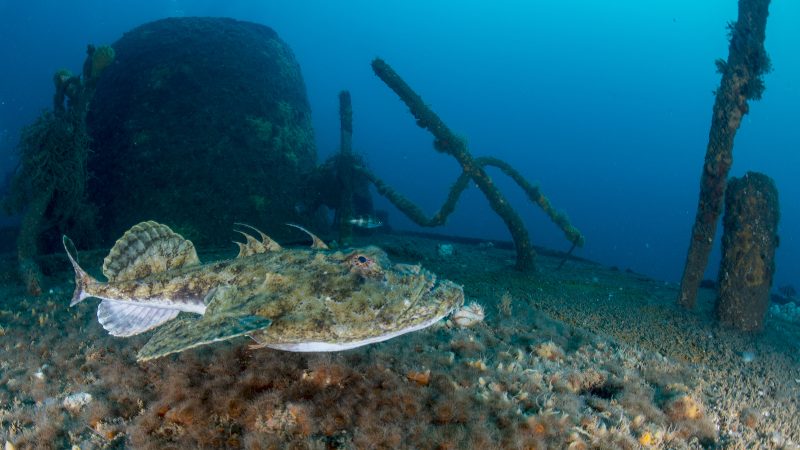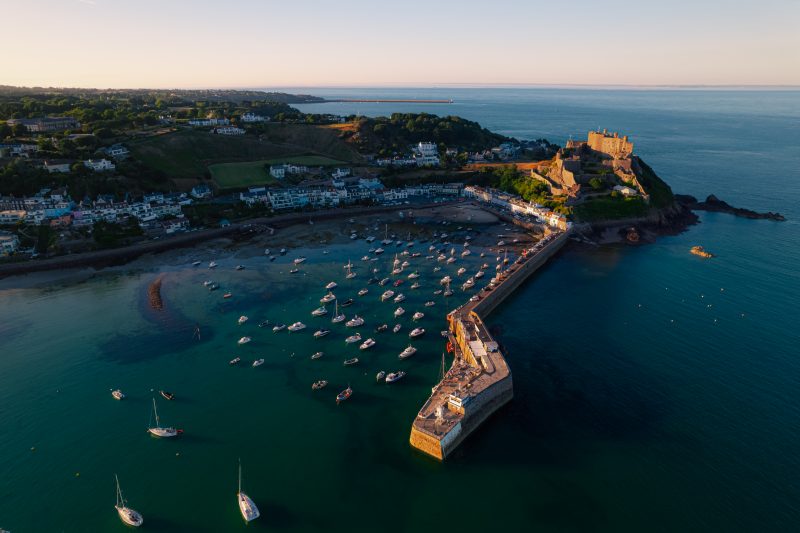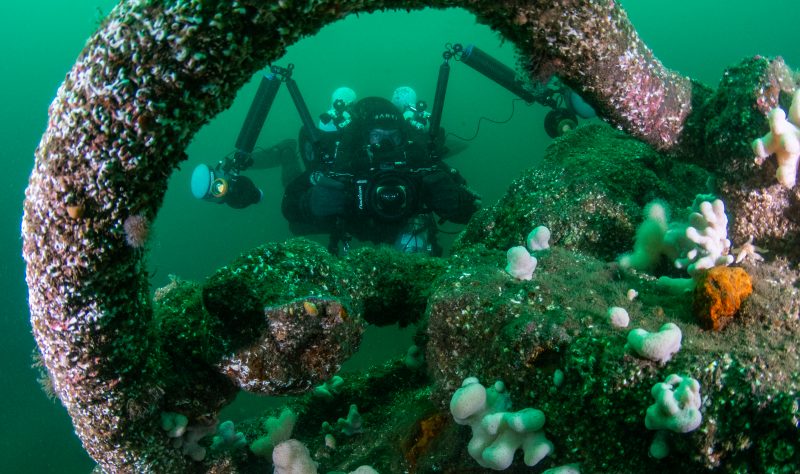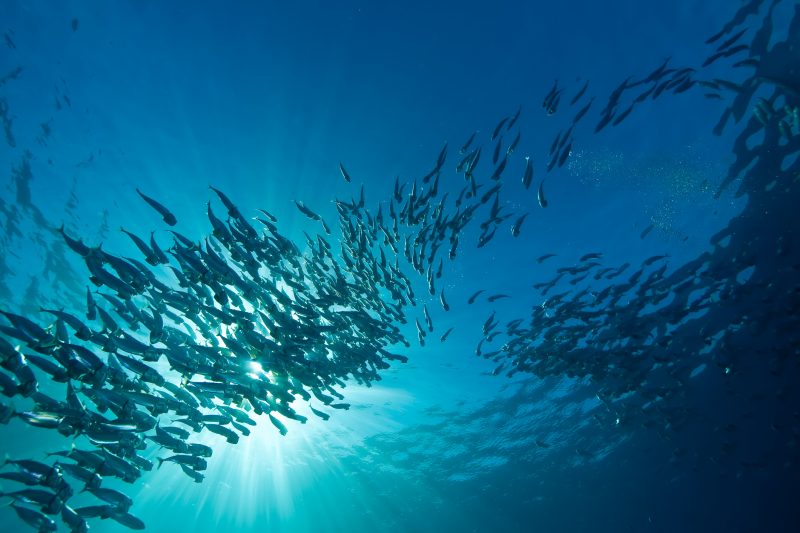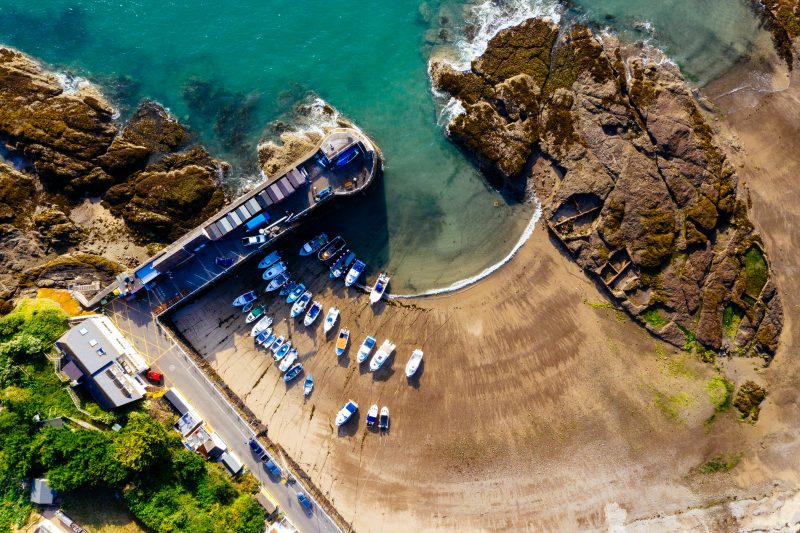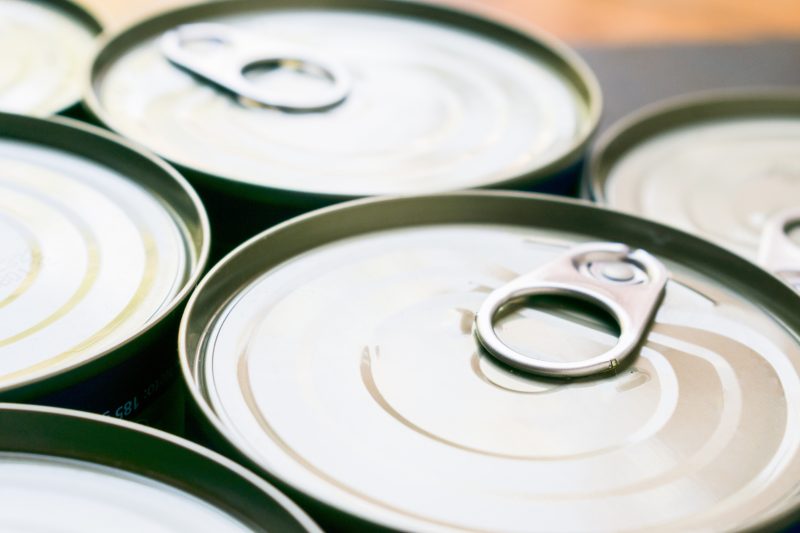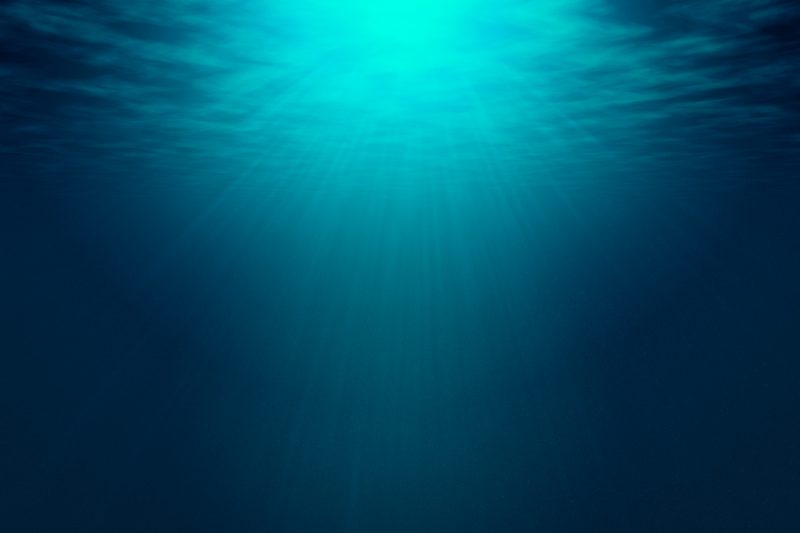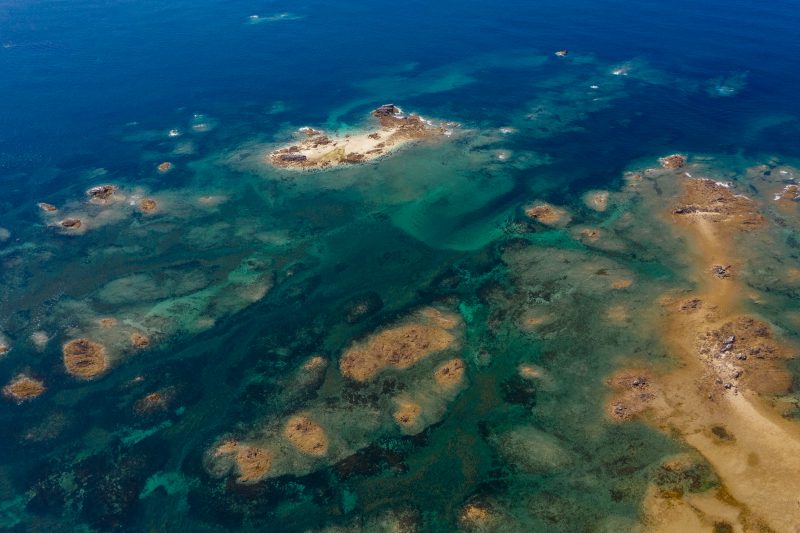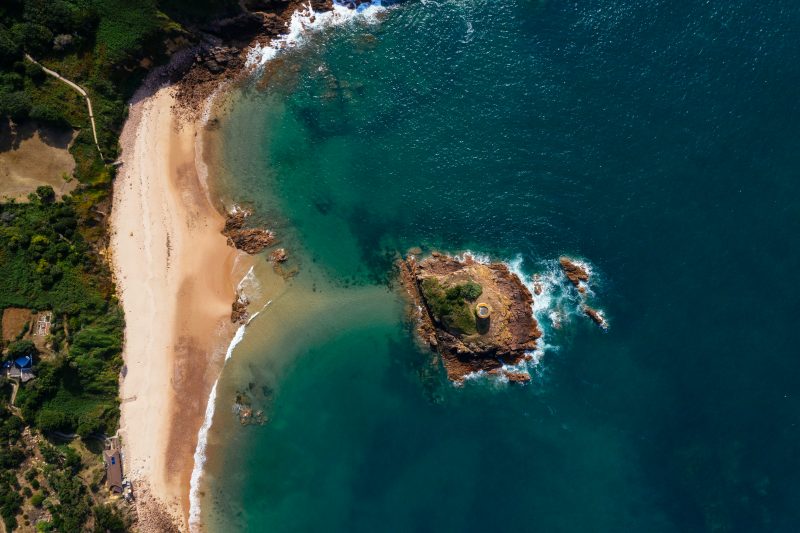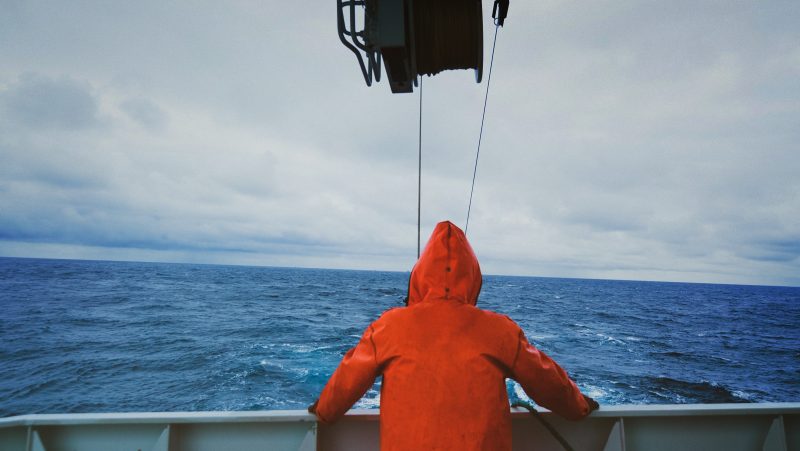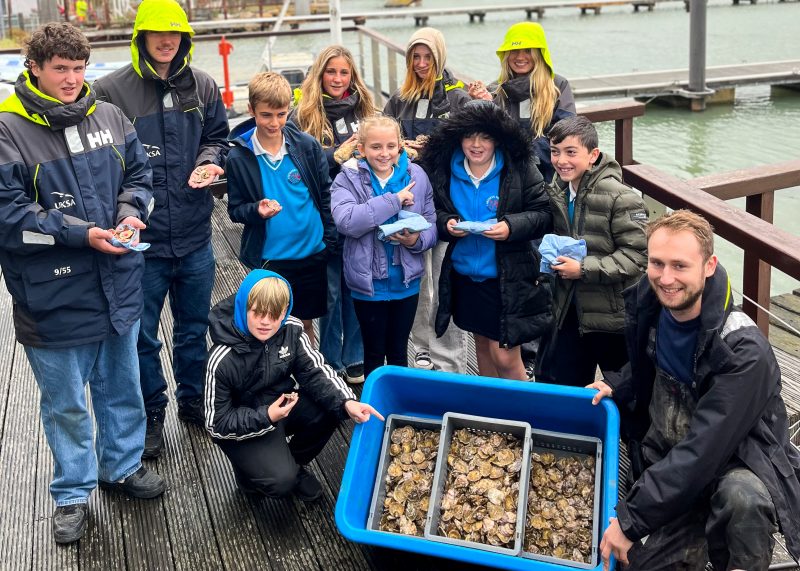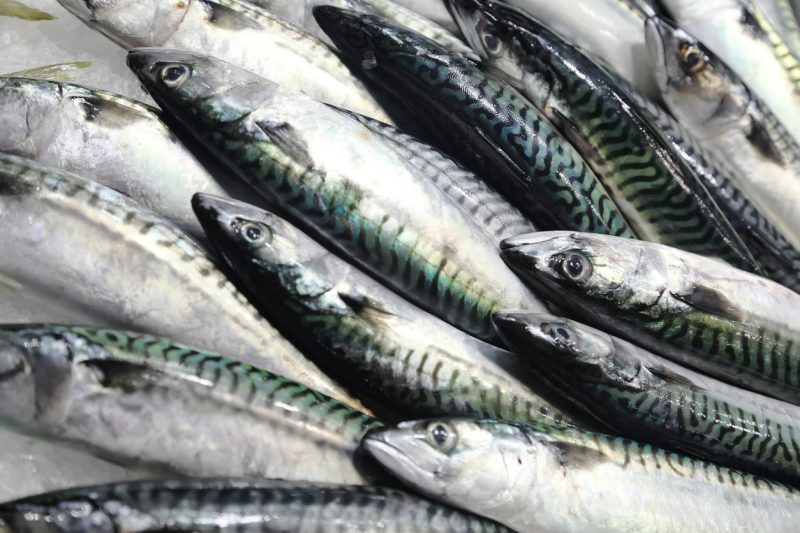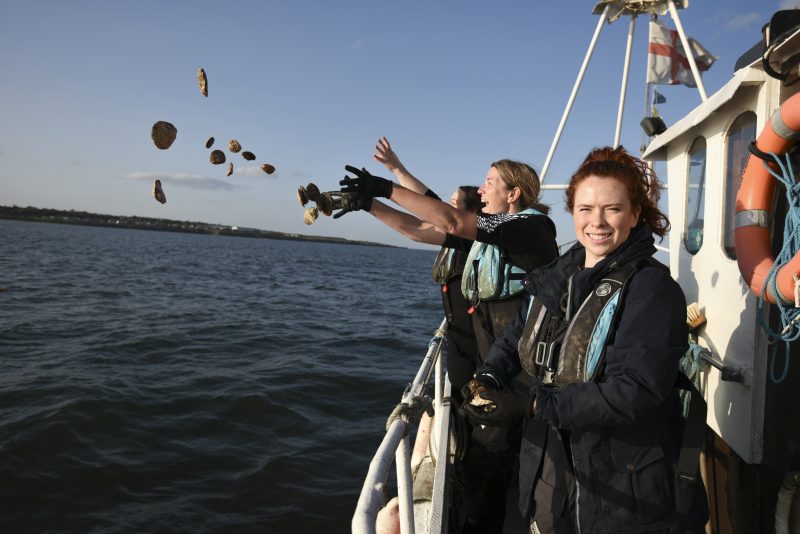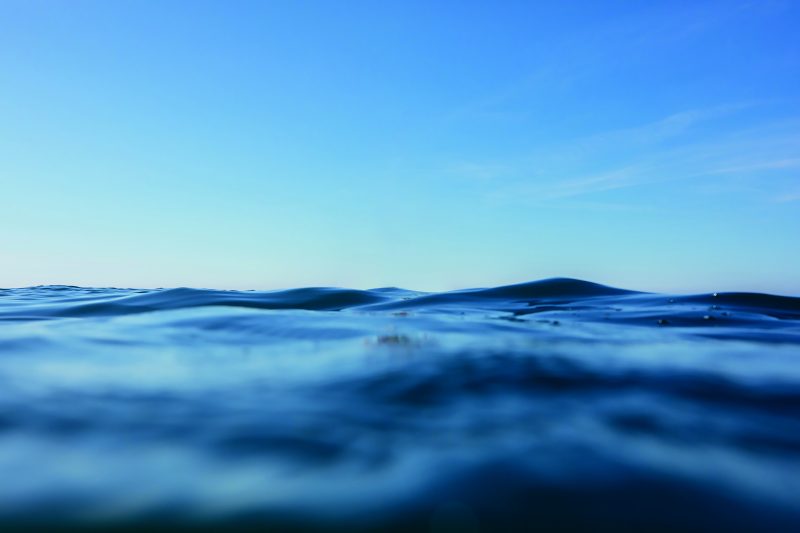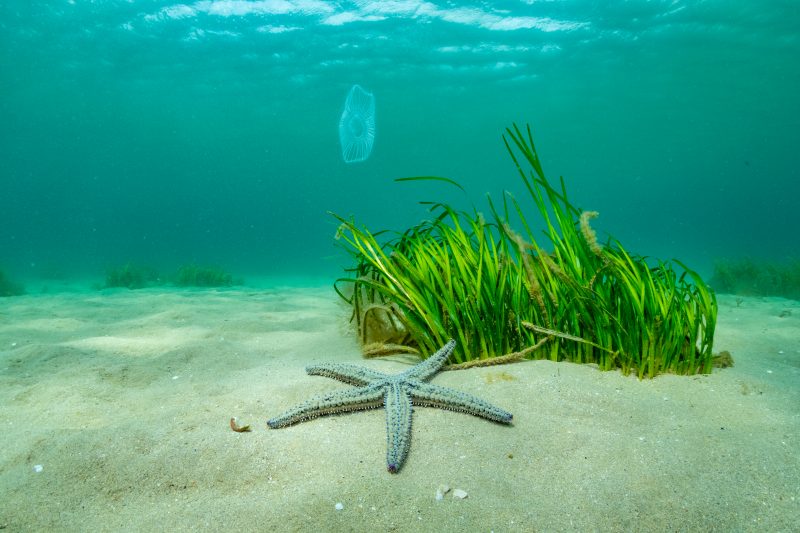The largest mass mortality of baleen whales ever recorded was caused by a toxic algal bloom during an El Niño warming event, according to a new research paper.
Since 2012, BLUE has been supporting a scientific expedition in Patagonia on the research vessel Saoirse, which is skippered by Keri Lee Pashuk and Greg Landreth. They and their young team of scientists have been on a mission to uncover the truth behind the deaths of hundreds of sei whales in this remote fjord region.
The team discovered an unusually high number of dead whales during an inventory exercise in April 2015. They subsequently organised an overflight during which they found several hundred carcasses, and so began a multidisciplinary study to identify the cause of death.

The head scientist, Dr Vreni Häussermann, is one of few biologists dedicated to the Chilean Patagonia region. Dr Häussermann and her colleagues have now published new research on Peer J attributing the deaths of at least 243 baleen whales to a harmful algal bloom during an El Niño event. A video abstract for the paper is available to watch on YouTube.
The event was spread over at least 200 km of coastline so it was a region-wide rather than a localised occurrence. It is also notable for revealing one of the most important feeding areas for sei whales outside the polar region – the Gulf of Penas.

Mass mortality events are more often recorded involving toothed whales but they are rarer in baleen whales due to their less gregarious behaviour. Earlier work has often struggled to identify a specific cause for the mortality.
The attribution of this mass mortality to an El Niño event is concerning given that climate change is leading to increasing frequency of such events, and so it may be concluded that such mortality events will become more frequent with global warming.

During El Niño, wind strength and frequency are reduced meaning that fewer nutrients come up to feed the phytoplankton. This means that in turn fewer plankton and fish can be supported and must move closer to the shore, where whales then follow them to feed. This, combined with the higher probability of toxic red algal blooms close to the shore, is suggested by this study to lead to the mass whale mortality observed.
This finding means that marine mammals are among the oceanic victims of climate change.

BLUE and the Saoirse team are now looking into protection measures for the Gulf of Penas, an area of great biological importance.
The works continues thanks to a kind donor and the hard work of the team in Chile.

